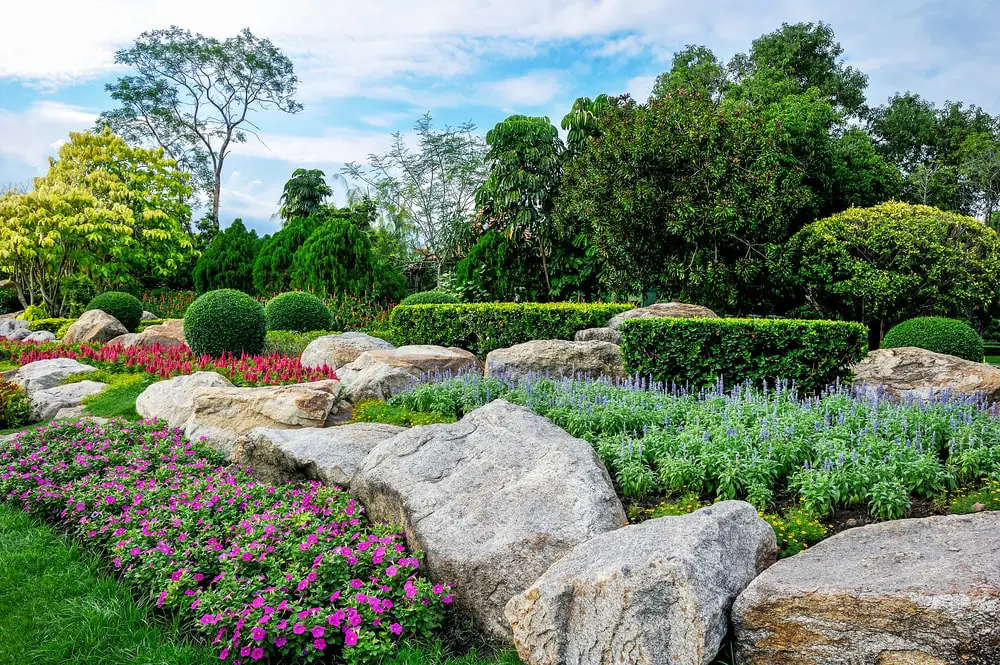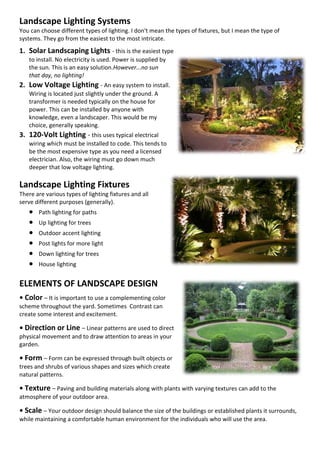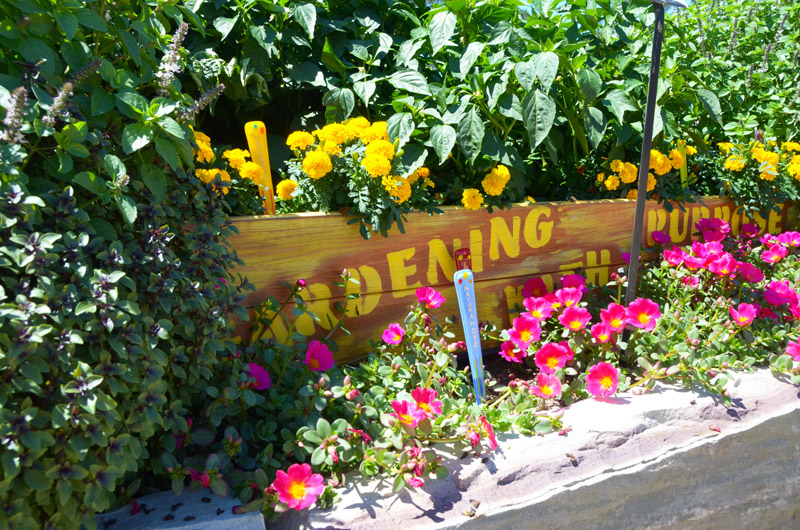Rumored Buzz on Hilton Head Landscapes
Table of ContentsUnknown Facts About Hilton Head LandscapesThe Hilton Head Landscapes PDFsHilton Head Landscapes Things To Know Before You Get ThisExcitement About Hilton Head LandscapesThe Main Principles Of Hilton Head Landscapes Not known Details About Hilton Head Landscapes A Biased View of Hilton Head Landscapes
Line develops all kinds and patterns and can be used in a selection of means in the landscape. Line in the landscape is produced by the side between two products, the summary or shape of a type, or a long straight function. Lines are an effective tool for the designer due to the fact that they can be utilized to create an infinite selection of forms and types, and they manage motion of the eye and the body.

Lines can have one or even more characteristics, such as those described below, but they generally serve different objectives. Number 1. Lines in the landscape - landscapers hilton head island. The properties of lines determine exactly how people react to the landscape, both psychologically and literally. Straight lines are architectural and strong; they create an official personality, are normally connected with a balanced style, and lead the eye directly to a focal point.
8 Easy Facts About Hilton Head Landscapes Shown
Curved lines create a casual, all-natural, loosened up personality that is linked extra with nature and asymmetrical equilibrium. Bent lines relocate the eye at a slower speed and include secret to the area by producing covert views.
Vertical lines in the landscape include tall, slim plant product, such as trees, or high frameworks, such as an arbor or a bird house on a post. Straight lines relocate the eye along the ground plane and can make a space really feel larger. Reduced lines are more subdued and produce a sensation of rest or repose.
Rumored Buzz on Hilton Head Landscapes
Lines are likewise developed by the vertical types of built functions and plant product. There are three main line kinds that create type in the landscape: bedlines, hardscape lines, and plant lines.
Bedlines attach plant material to your home and hardscape because the eye adheres to the line, moving the look via the landscape. Hardscape lines are produced by the edge of the hardscape, which marks the developed structure. Line can likewise be produced by lengthy and narrow products, such as a fence or wall.
Hilton Head Landscapes Can Be Fun For Everyone
Kind is located in both hardscape and plants, and it is typically the dominant visual element that spatially organizes the landscape and commonly establishes the style of the garden. The type of frameworks, plant beds, and yard accessories additionally identifies the total type style of the garden. Official, geometric forms include circles, squares, and polygons.
Plants develop type in the garden through their describes or silhouettes, but form can also be specified by a gap or unfavorable area between plants - landscapers hilton head island (https://cinnamon-ferret-ktw2xm.mystrikingly.com/blog/transform-your-outdoor-space-with-hilton-head-landscapes). Circles can be cycles, or they can be separated right into half circles or circle segments and incorporated with lines to develop arcs and tangents
The 7-Minute Rule for Hilton Head Landscapes
Circles can likewise be extended into ovals and ellipses for even more range and passion. Circles are a strong layout type because the eye is constantly attracted to the facility, which can be used to stress a focal point or attach other forms. Figure 2. Round kinds in hardscape and yard page panels.
The square kind can likewise be fractional and secondhand consistently to develop a grid pattern. Unlike circles, squares are more powerful on the edges, which can be aligned or overlapped to produce one-of-a-kind patterns and more complicated kinds. Polygons are many-sided types with straight edges. Triangulars, for instance, are three-sided polygons.
Meandering lines usually resemble the all-natural course of rivers or streams and can be explained as smooth lines with deeply rounded wavinesses. Twisting lines (Figure 3) function well for paths, plant bedlines, and completely dry stream beds. Meandering lines can add rate of interest and mystery to a yard by leading customers around edges to discover brand-new sights and rooms.
The Only Guide to Hilton Head Landscapes

Common plant forms are well developed and standard, as type is the most consistent and recognizable feature of plants. Type can also be developed with the massing of plants, where the overall mass develops a different kind than an individual plant.
A very different form must be made use of with careone or more job well as a prime focus, but a lot of produce mayhem. Natural plant forms, as opposed to over-trimmed types, ought to establish the bulk of the structure. The relevance of overall type is basically depending on the viewing perspectivethe form of a tree can show up quite different to an individual standing under the canopy versus checking out the tree from a range in an open field.
5 Easy Facts About Hilton Head Landscapes Explained
Plant kinds also produce and specify the void or open areas in between the plants, developing either convex or concave kinds in deep spaces. High-arching tree branches normally develop a concave open room under the branches, and a rounded canopy with reduced branches fills up the space to produce a convex kind in the open area under the tree.
